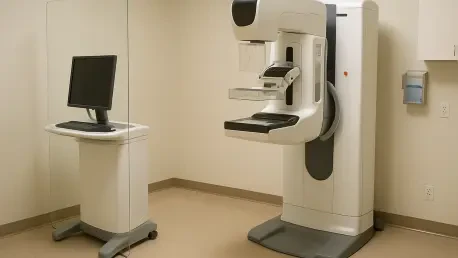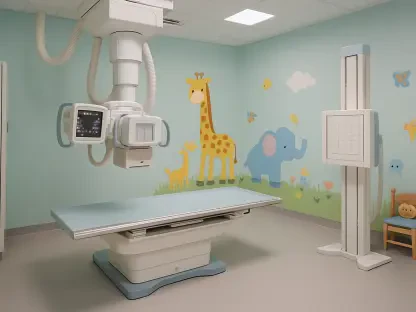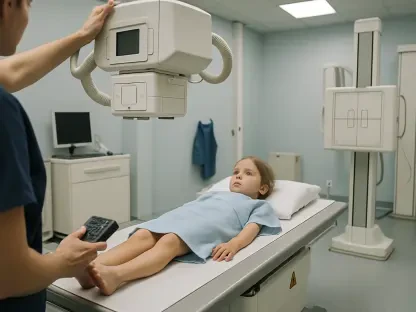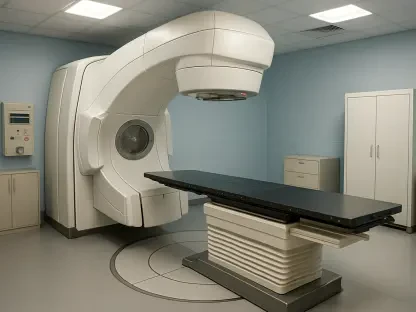In a world where timely healthcare can mean the difference between life and death, the introduction of online scheduling for breast cancer screenings represents a significant step forward in making vital services more accessible to women across diverse backgrounds. Breast cancer remains the second most common cancer among women in the United States, and early detection through regular mammograms is widely recognized as a critical factor in reducing mortality rates. The ability to book these essential screenings with just a few clicks addresses common barriers like busy schedules or logistical challenges, encouraging more women, especially those over 40, to prioritize their health. This innovative approach, recently adopted by a leading medical center in Texas, highlights a broader trend in healthcare toward leveraging technology for improved patient engagement. By simplifying the process, the initiative aims to ensure that more individuals adhere to recommended screening guidelines, ultimately saving lives through early intervention and personalized care strategies.
Transforming Access to Preventive Care
The integration of online scheduling systems for mammogram appointments marks a pivotal shift in how healthcare providers address preventive care, particularly for breast cancer detection. This digital tool eliminates the need for lengthy phone calls or in-person visits to book a screening, offering a seamless experience that fits into the fast-paced lives of many women. Experts in the field, including family medicine practitioners, emphasize that mammograms can detect cancer long before physical symptoms manifest, often taking less than 30 minutes to complete. For high-risk groups, such as women with a family history of breast cancer or specific ethnic backgrounds like African American and Ashkenazi Jewish women, tailored risk assessments are advised as early as age 25. By aligning with recommendations from the American College of Radiology for annual screenings starting at age 40 for average-risk individuals, this technological advancement supports a proactive approach. It not only fosters adherence to life-saving protocols but also reflects a commitment to reducing disparities in healthcare access through user-friendly solutions.









